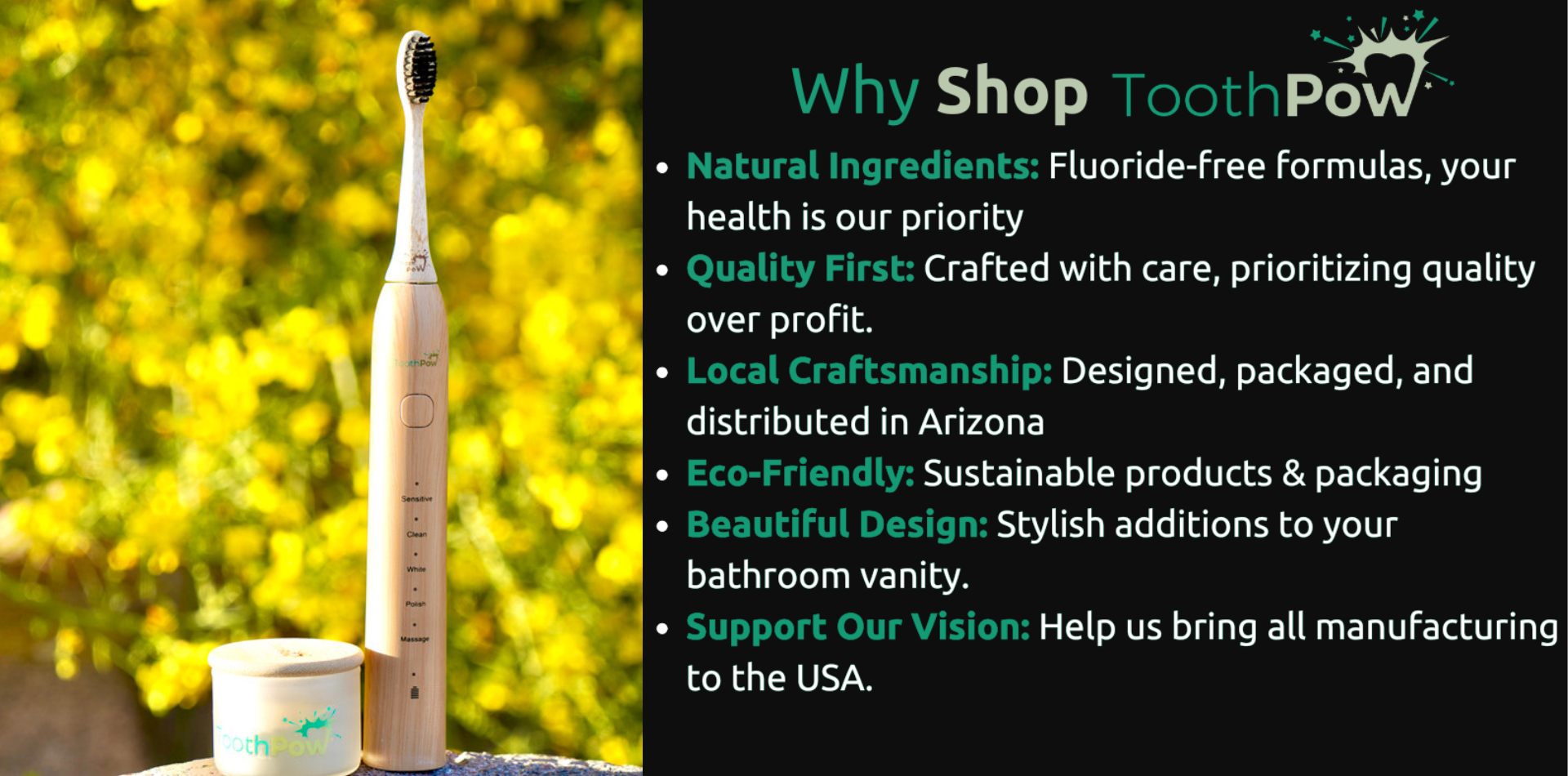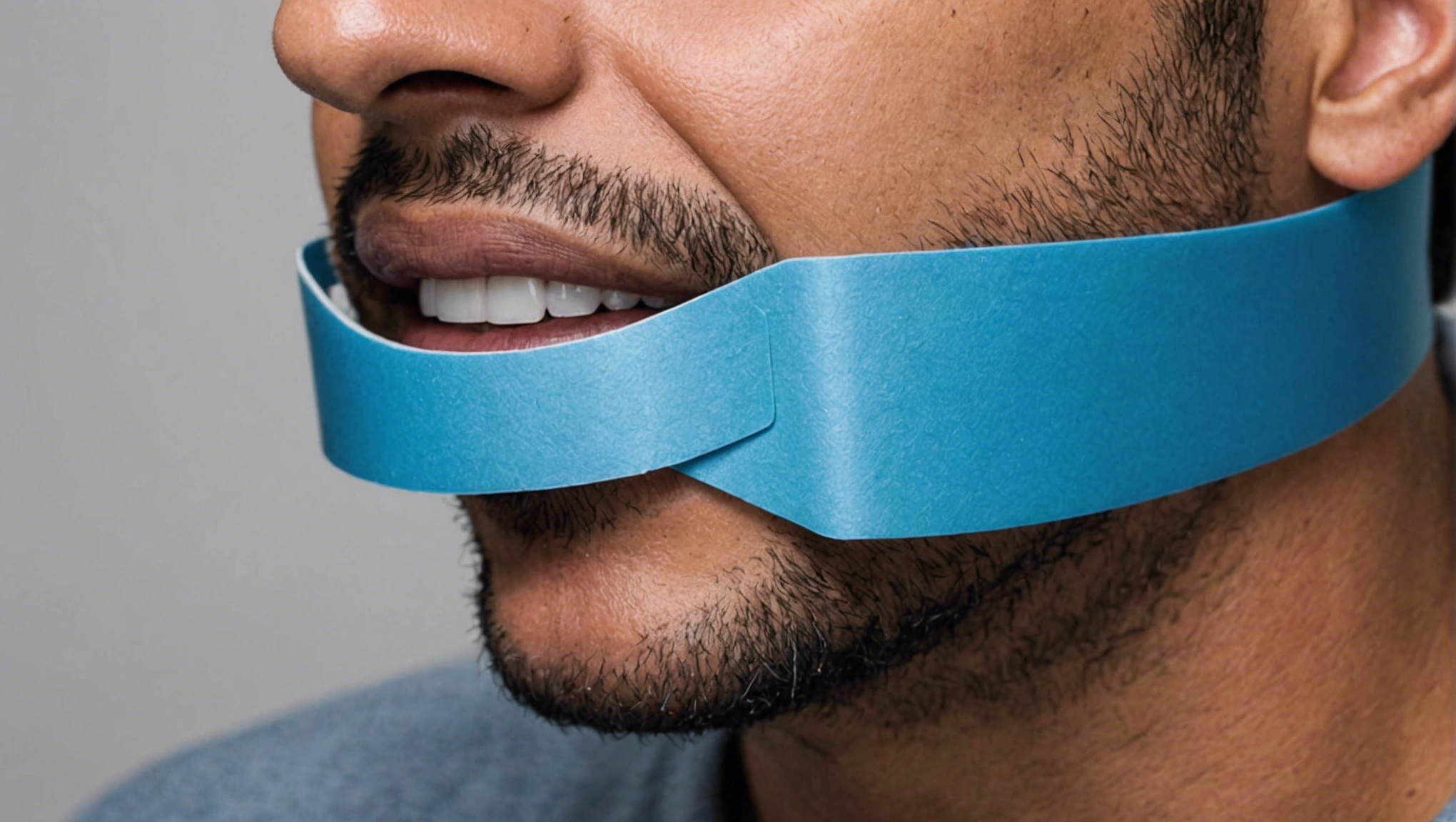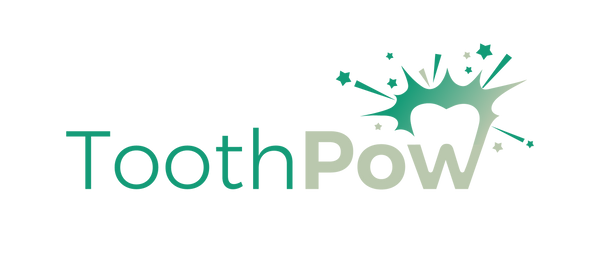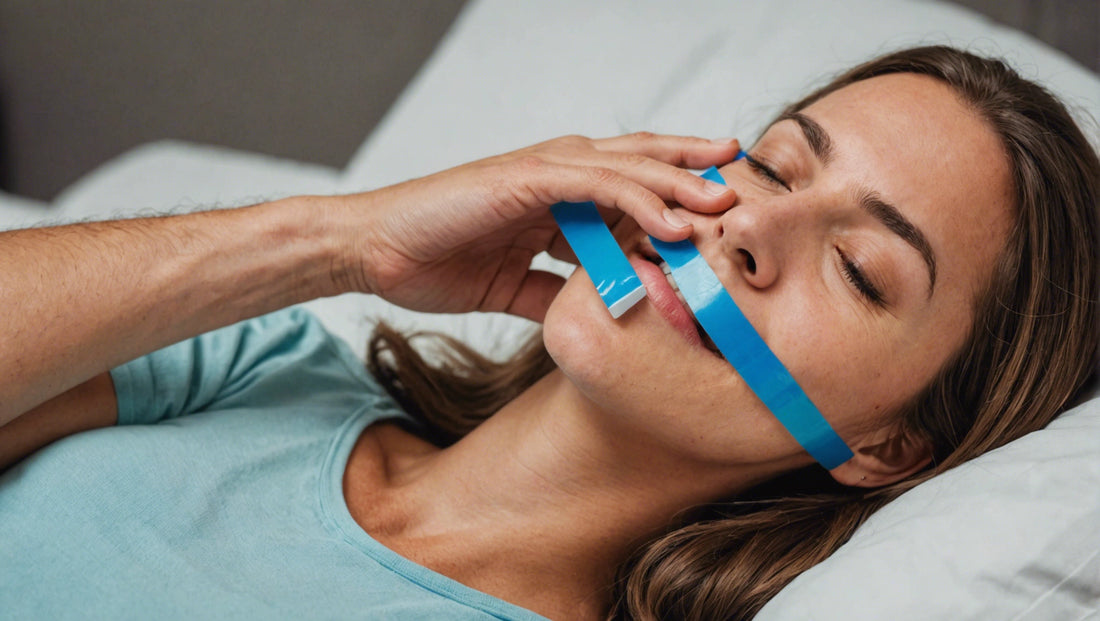Introduction
Mouth taping, a practice where individuals tape their mouths shut during sleep, is gaining popularity as an unconventional method to improve sleep quality. This technique is rooted in the belief that encouraging nasal breathing over mouth breathing can lead to numerous health benefits. As interest in holistic and non-invasive health interventions grows, mouth taping has caught the attention of those seeking better sleep and overall well-being. This article delves into the benefits, risks, and proper methods of mouth taping, backed by studies and expert opinions.
What is Mouth Taping?
Definition and Basic Concept
Mouth taping involves placing a piece of adhesive tape over the lips to keep the mouth closed during sleep. The idea is to promote nasal breathing, which is thought to be more beneficial for overall health compared to mouth breathing.
Historical Background and Origins
The concept of mouth taping can be traced back to ancient practices in various cultures that emphasized the importance of nasal breathing. For example, the Buteyko method, developed by Dr. Konstantin Buteyko in the 1950s, promotes nasal breathing for better health and involves techniques that align closely with mouth taping.
How Mouth Taping is Supposed to Work
The primary goal of mouth taping is to ensure that the mouth remains closed during sleep, forcing the individual to breathe through the nose. Nasal breathing is believed to filter, humidify, and regulate the temperature of the air entering the lungs, which can lead to various health benefits.

Benefits of Mouth Taping
Improved Nasal Breathing
Breathing through the nose helps filter out allergens, dust, and pathogens, providing cleaner air to the lungs. Studies have shown that nasal breathing increases the production of nitric oxide, which can improve oxygen absorption and circulation.
Reduced Snoring
Mouth breathing is a common cause of snoring. By taping the mouth shut, the likelihood of snoring is reduced. A study published in the journal Chest found that nasal breathing significantly decreased snoring in participants compared to mouth breathing.
Enhanced Sleep Quality
Nasal breathing can lead to deeper, more restful sleep. Research indicates that individuals who breathe through their noses are less likely to experience sleep disturbances, leading to improved sleep quality and duration.
Prevention of Dry Mouth and Throat
Mouth breathing often leads to dry mouth and throat, which can be uncomfortable and lead to oral health issues. By promoting nasal breathing, mouth taping helps maintain moisture in the oral cavity.
Potential Improvement in Overall Health
Improved nasal breathing has been associated with better cardiovascular health, reduced risk of sleep apnea, and enhanced immune function. A study in the Journal of Clinical Sleep Medicine found that nasal breathing could improve overall respiratory health and reduce the incidence of sleep-disordered breathing.
Risks and Considerations
Potential Discomfort and Anxiety
For some individuals, the sensation of having their mouth taped shut can cause discomfort or anxiety. It may take time to adjust to the practice, and it’s important to start gradually.
Risk of Nasal Congestion or Blocked Airways
If an individual has a blocked nasal passage or experiences nasal congestion, mouth taping can be problematic and potentially dangerous. It’s crucial to ensure that nasal passages are clear before attempting mouth taping.
Possible Allergic Reactions to Tape
Some people may experience allergic reactions to the adhesive in the tape. Using hypoallergenic and breathable tape can help mitigate this risk.
Not Suitable for Everyone
Mouth taping is not recommended for individuals with severe sleep apnea, nasal obstructions, or chronic respiratory conditions. Consulting with a healthcare provider is essential before starting this practice.
Importance of Consulting a Healthcare Provider
Before beginning mouth taping, it’s important to discuss it with a healthcare provider to ensure it’s safe based on your individual health condition and needs.

How to Tape Your Mouth for Sleep
Choosing the Right Type of Tape
Select a hypoallergenic, breathable tape designed for medical use. Micropore tape, often used for surgical applications, is a good option because it’s gentle on the skin and allows airflow.
Step-by-Step Instructions for Taping Your Mouth
Preparation: Ensure your face is clean and dry.
Cut the Tape: Cut a piece of tape approximately 2-3 inches long.
Apply the Tape: Place the tape vertically or horizontally over your lips, ensuring it’s secure but not too tight.
Check for Comfort: Make sure you can still open your mouth slightly if needed and that the tape doesn’t cause discomfort.
Tips for Beginners and How to Get Comfortable with the Practice
Start by taping for short periods during the day to get used to the sensation.
Gradually increase the duration as you become more comfortable.
Practice good nasal hygiene by using saline sprays or nasal strips to ensure clear nasal passages.
Addressing Common Concerns
Feeling Suffocated: Ensure the tape is breathable and not too restrictive.
Removing the Tape: Use water to gently loosen the adhesive if needed.
For more detailed instructions, visit ToothPow’s guide to mouth taping.
Scientific Evidence and Studies
Overview of Studies on Mouth Taping and Nasal Breathing
A study published in the American Journal of Respiratory and Critical Care Medicine found that nasal breathing during sleep improved oxygen saturation levels and reduced sleep apnea events.
Expert Opinions and Clinical Findings
Dr. Mark Burhenne, a well-known dentist and sleep specialist, advocates for mouth taping as a means to promote better sleep and oral health. He highlights the benefits of reduced snoring and improved sleep quality.
Current Research Gaps and Future Directions
While there is growing anecdotal evidence supporting mouth taping, more large-scale clinical trials are needed to fully understand its long-term benefits and potential risks. Future research should focus on diverse populations and longer study durations to provide more comprehensive insights.
Alternatives to Mouth Taping
Other Methods to Promote Nasal Breathing
Nasal Strips: Adhesive strips placed on the nose to open nasal passages.
Breathing Exercises: Techniques such as the Buteyko method to encourage nasal breathing.
Humidifiers: Adding moisture to the air to reduce nasal congestion.
Comparison of Effectiveness and Comfort
Nasal strips and breathing exercises can be effective alternatives for those who find mouth taping uncomfortable. However, individual preferences and specific needs will determine the best method.
Combining Methods for Optimal Results
Some individuals may benefit from combining mouth taping with nasal strips or breathing exercises to enhance nasal breathing and overall sleep quality.
For more alternatives, check out ToothPow’s blog on nasal breathing techniques.
Personal Experiences and Testimonials
Anecdotal Evidence from Individuals Who Have Tried Mouth Taping
Many individuals report significant improvements in sleep quality and reduced snoring after starting mouth taping. Some users initially experienced discomfort but adjusted over time.
Success Stories and Challenges Faced
Success stories highlight benefits such as waking up feeling more refreshed and experiencing fewer nighttime awakenings. Challenges include initial discomfort and finding the right type of tape.
Real-Life Tips and Advice from Users
Experiment with different tapes to find one that works best for you.
Start slowly and gradually increase the duration of taping.
Maintain good nasal hygiene to ensure clear breathing passages.
For more testimonials, visit ToothPow’s community forum.

FAQs About Mouth Taping
Is Mouth Taping Safe for Children?
Mouth taping is generally not recommended for children due to the risk of suffocation and their developing respiratory systems. Consult with a pediatrician before considering any such practice.
How Long Does It Take to See Benefits from Mouth Taping?
Many individuals report noticing improvements within a few nights, but it can take a few weeks to fully adjust and experience the maximum benefits.
Can Mouth Taping Help with Sleep Apnea?
Mouth taping may help mild cases of sleep apnea by promoting nasal breathing. However, individuals with moderate to severe sleep apnea should consult with a healthcare provider for appropriate treatment.
Conclusion
Mouth taping for better sleep is an intriguing practice that has gained attention for its potential benefits in promoting nasal breathing, reducing snoring, and enhancing sleep quality. While it offers several advantages, it’s important to consider the risks and consult with a healthcare provider before starting. By following proper techniques and addressing any concerns, you can explore mouth taping as a possible solution for improving your sleep and overall health.
For more tips and products to help maintain your oral health and sleep quality, visit the ToothPow website.

